Optimal Timing for Waterproofing Projects
Proper timing for waterproofing projects is essential to ensure durability and effectiveness. The optimal period typically depends on weather conditions, temperature ranges, and the specific type of waterproofing material used. Conducting waterproofing during favorable weather helps prevent issues like moisture intrusion, surface cracking, or incomplete curing.
Spring offers moderate temperatures and increased humidity, making it suitable for many waterproofing applications. It allows sufficient curing time before summer heat or winter cold sets in.
Warm weather and dry conditions are ideal for waterproofing. High temperatures can accelerate curing, but excessive heat or rain can hinder application and drying processes.
Fall provides cooler temperatures and less humidity, which can be beneficial. It’s important to complete waterproofing before winter freeze-thaw cycles begin.
Winter is generally not recommended due to freezing temperatures and snow. Waterproofing during this time can lead to poor adhesion and incomplete curing.
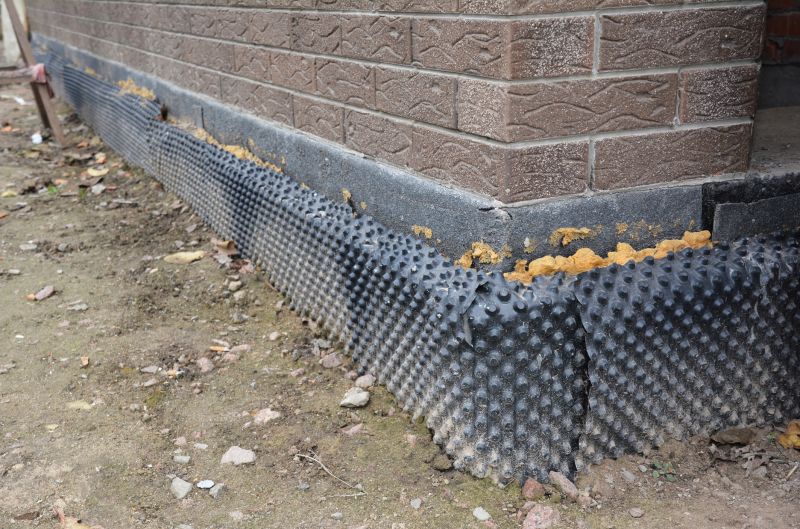
Spring weather facilitates effective waterproofing with moderate temperatures and humidity.
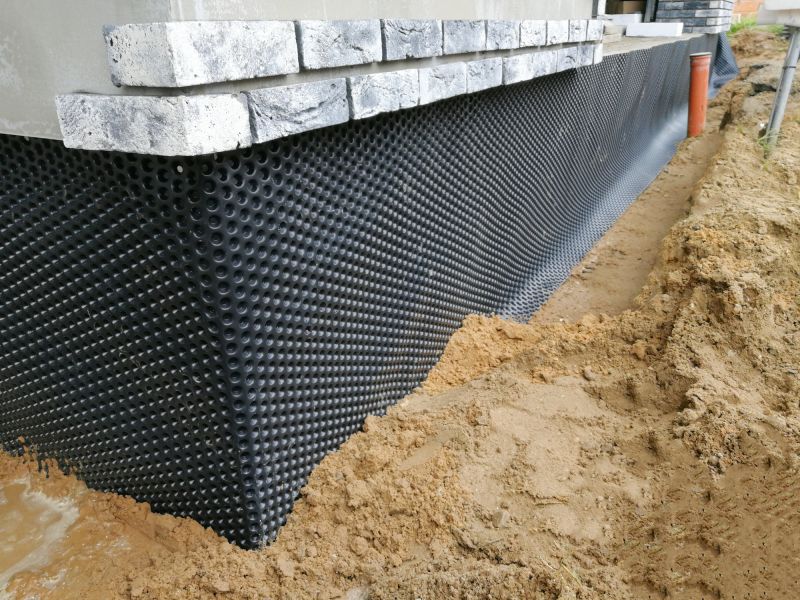
Warm, dry summer days support optimal waterproofing application and curing.
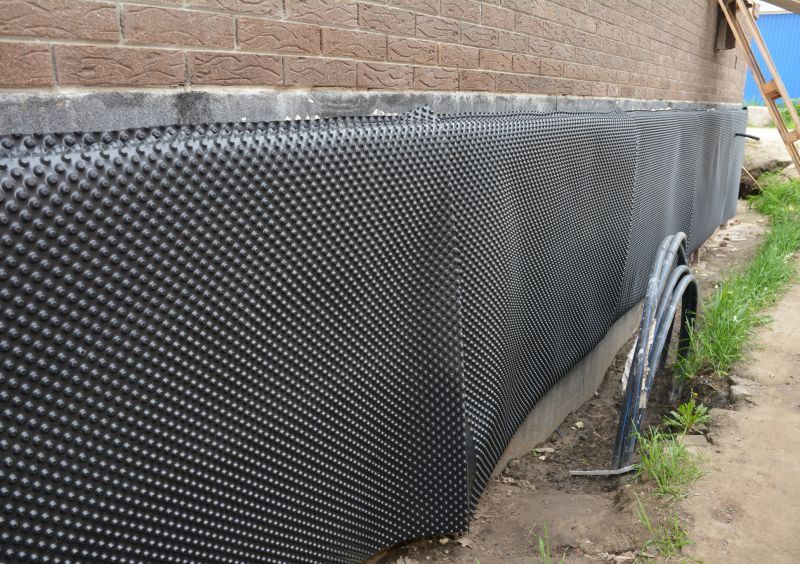
Cool fall temperatures help ensure proper adhesion and drying before winter.
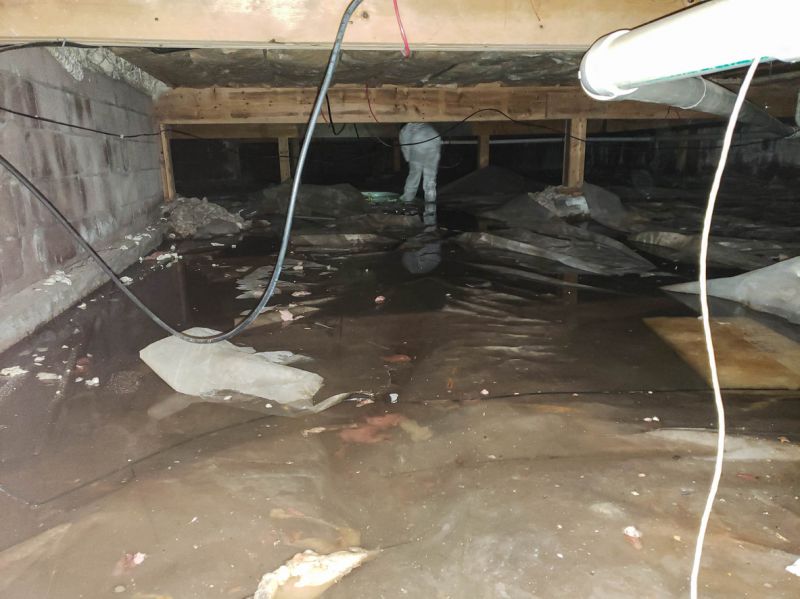
Ways to make Waterproofings work in tight or awkward layouts.

Popular materials for Waterproofings and why they hold up over time.
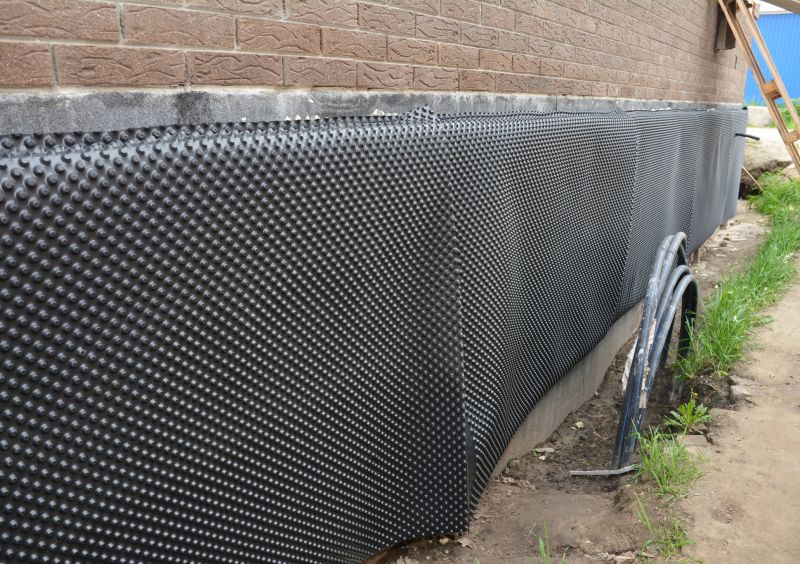
Simple add-ons that improve Waterproofings without blowing the budget.
| Season | Best Conditions for Waterproofing |
|---|---|
| Spring | Moderate temperatures and humidity, ideal for curing. |
| Summer | Warm and dry weather, supports quick drying. |
| Fall | Cool temperatures, suitable before winter freeze. |
| Winter | Generally not recommended due to freezing temperatures. |
Waterproofings are essential for protecting structures from water intrusion, which can cause structural damage, mold growth, and deterioration of building materials. Modern waterproofing solutions include liquid membranes, sheet membranes, and sealants, each suited for different applications and environments. Proper installation and timing significantly enhance their effectiveness and lifespan.
Statistics indicate that waterproofing can extend the lifespan of a structure by preventing water-related damage. For example, effective waterproofing can reduce repair costs by up to 50% over the lifespan of a building. It is crucial to choose the right waterproofing method and schedule it during appropriate weather conditions to ensure maximum protection.
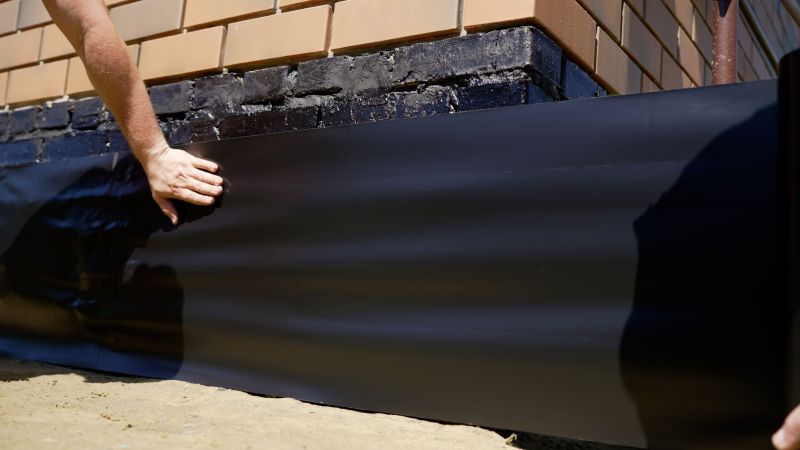
Proper application techniques are vital for long-lasting waterproofing results.
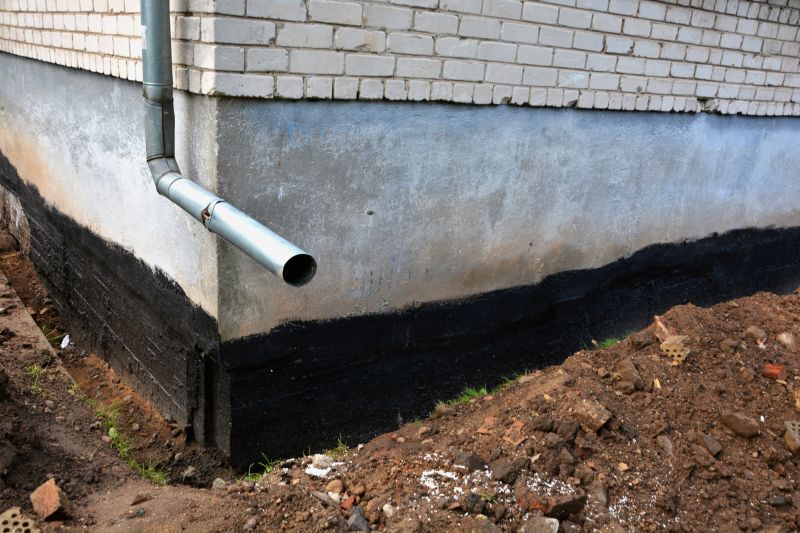
Foundation sealing prevents water seepage and structural issues.
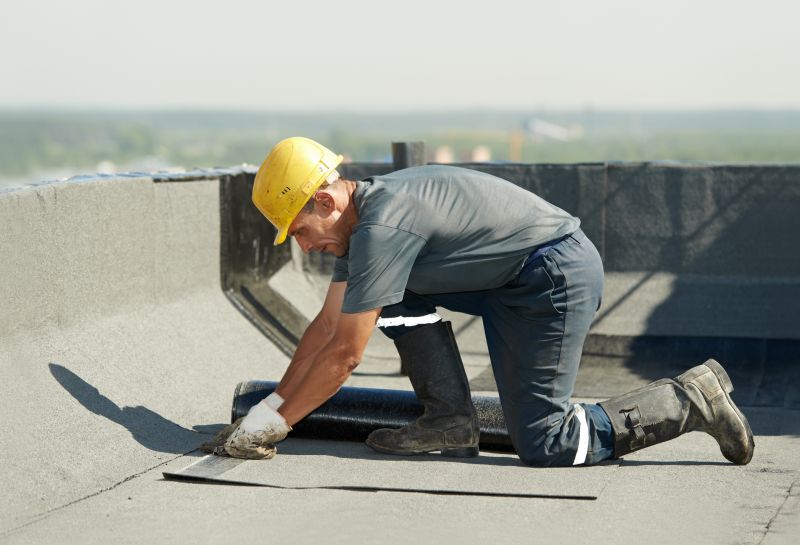
Roof waterproofing protects against leaks and weather damage.
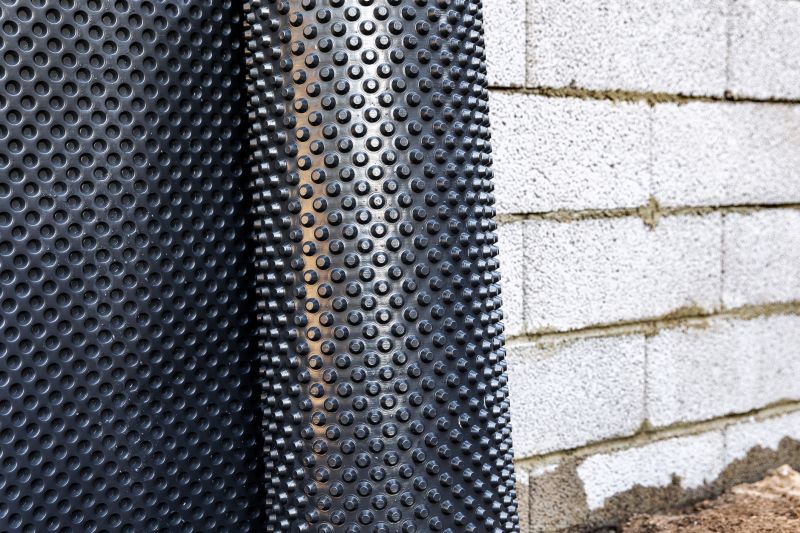
Basement waterproofing minimizes moisture intrusion and mold growth.
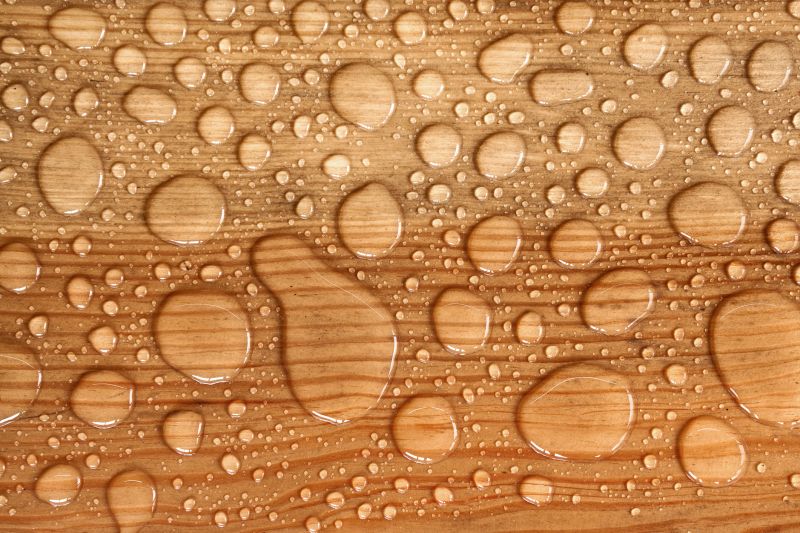
High-end options that actually feel worth it for Waterproofings.
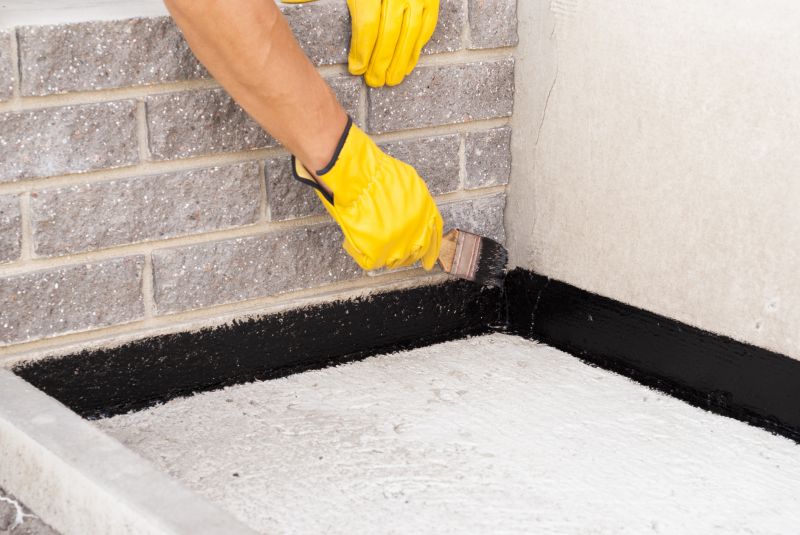
Finishes and colors that play nicely with Waterproofings.
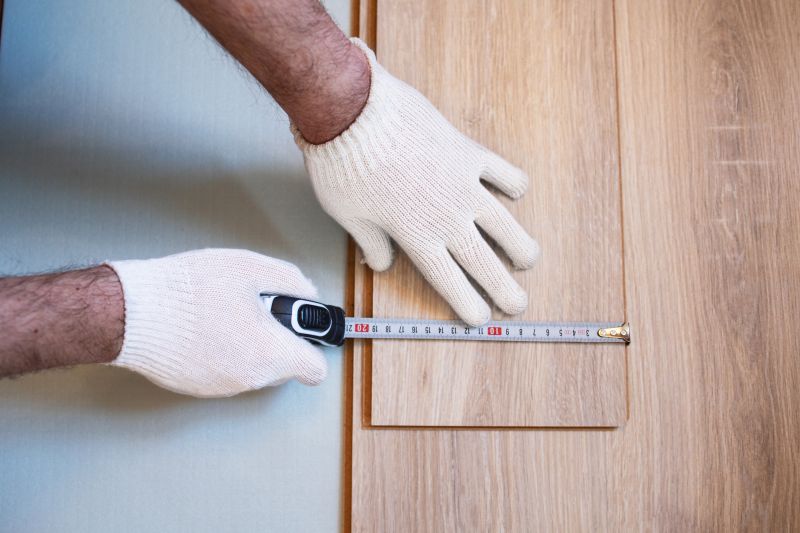
Little measurements that prevent headaches on Waterproofings day.
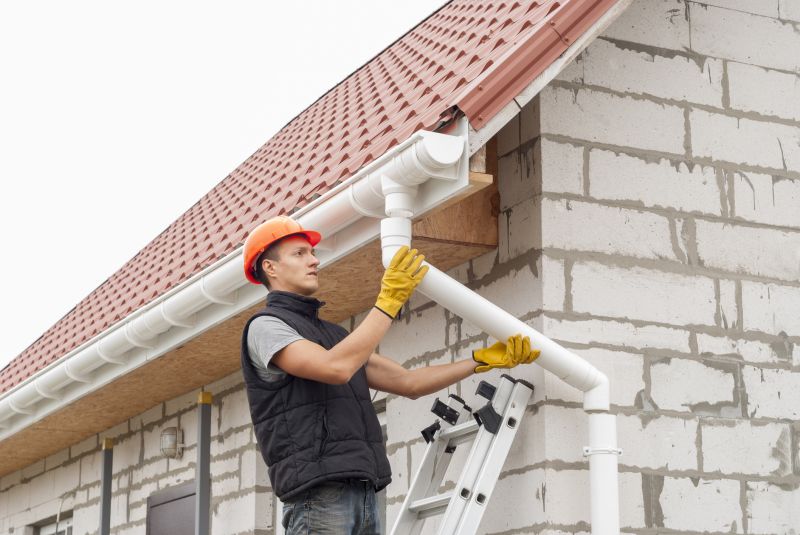
A 60-second routine that keeps Waterproofings looking new.
For optimal results, it is recommended to plan waterproofing projects during seasons with stable weather conditions. Proper preparation, including surface cleaning and drying, enhances adhesion and durability of waterproofing materials. Consulting with waterproofing specialists can help determine the best timing based on local climate patterns.
Individuals interested in waterproofing services in Lincoln, NE, are encouraged to contact for detailed assessments and tailored solutions. Proper timing and application can significantly extend the life of structures and prevent costly repairs.


